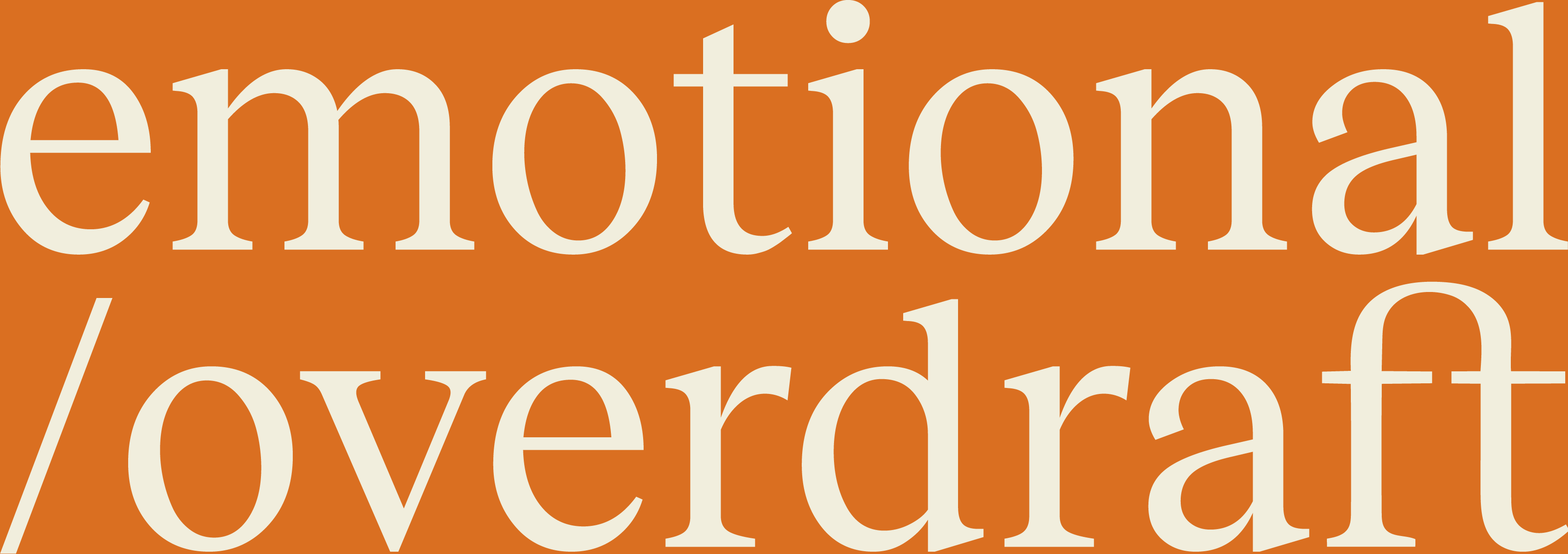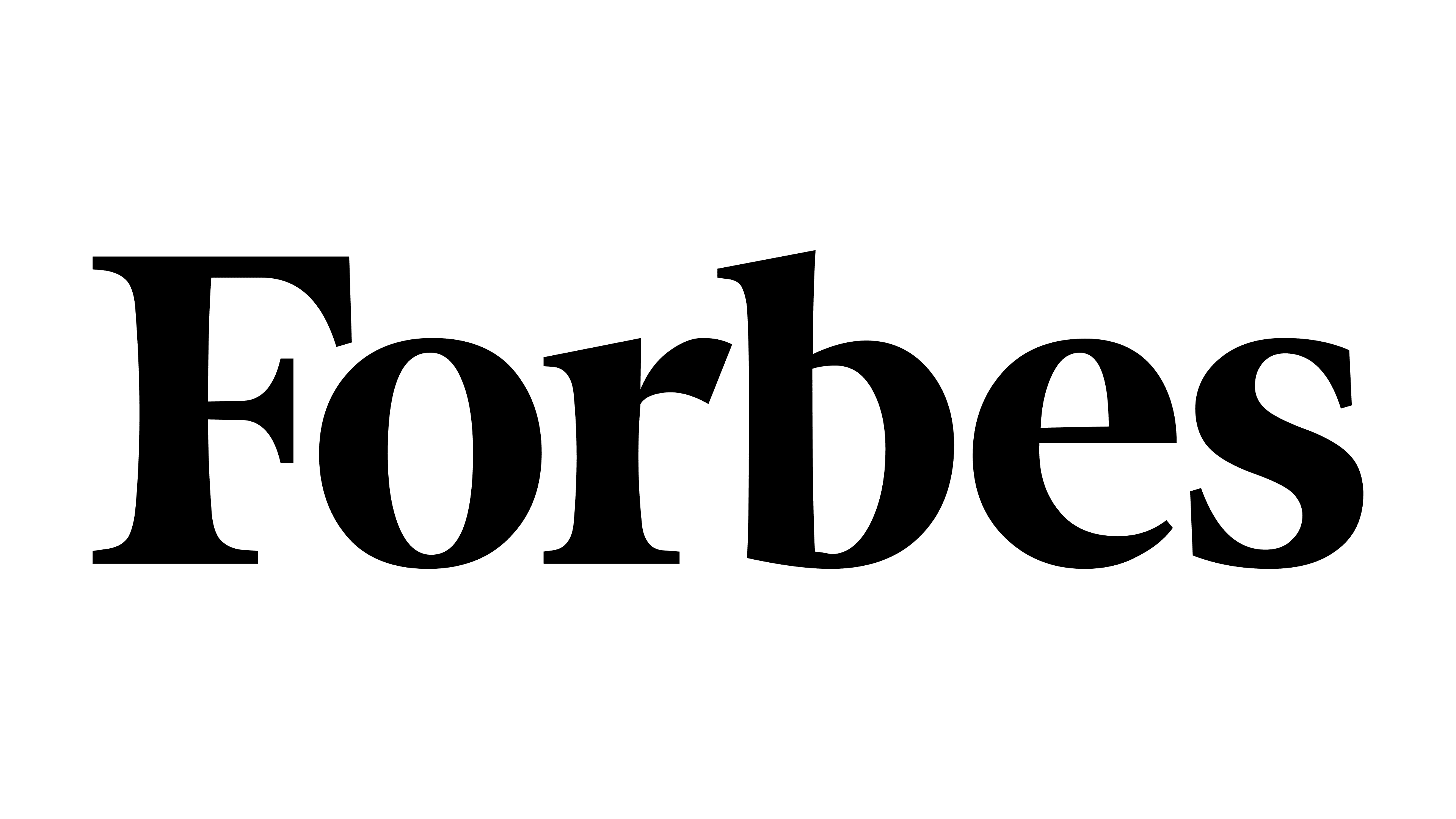Managing your emotional overdraft has a lot to do with making sure you are prioritising the things that matter paying attention to tasks that feel like they’re moving you closer to important work/life goals. When it comes to productivity, one of the most essential skills to master is prioritisation. It’s not just about managing time, but about investing your attention to tasks that align with your most crucial objectives and priorities.
It’s hard to know where to start, especially when email inboxes, Whatsapps, Slack channels and real-world events are all fighting for our attention. The 6 D’s framework is a practical guide for making decisions about how to handle various tasks that demand our attention. Summarising the options you have to free up your time when dealing with tasks that don’t fit your priorities, and the time you can save for yourself by applying these.
Here they are:
1. Delete
The most straightforward, yet often the hardest, option is to simply delete a task. This requires a critical evaluation to determine if the task truly serves your objectives. If it doesn’t, eliminating it can free up a surprising amount of time and energy. The challenge here is overcoming the fear of missing out or the guilt of letting go, especially when we’re conditioned to be “busy.”
2. Decline
Saying “no” is a powerful tool in maintaining focus on what’s truly important. Declining requests or opportunities that don’t align with your priorities is essential for safeguarding your time. The difficulty lies in the discomfort that often comes with rejecting offers, especially when it involves saying no to colleagues or opportunities that seem beneficial at first glance.
3. Delegate
If a task must be done but doesn’t necessarily require your unique skills or attention, delegating it to someone else can be an effective solution. This not only ensures the task is completed but also allows you to concentrate on tasks that are more suited to your expertise. The art of delegation involves trust and the ability to let go of control, which can be challenging for perfectionists.
4. Downsize
Downsizing involves reducing the scope or effort a task requires. This can mean breaking a task into smaller, more manageable parts or finding a simpler way to achieve the same outcome. The key here is to focus on efficiency and the essential components of a task, trimming away anything that isn’t absolutely necessary.
5. Do Smarter
Approaching tasks with strategies that enhance efficiency and effectiveness falls under “Do Smarter.” This could involve using technology to automate repetitive tasks, batch processing similar tasks to reduce context switching, or simply optimising your workflow to reduce wasted time. The challenge is often in the initial investment of time and resources to discover and implement these smarter methods.
6. Delay
Finally, not all tasks need to be addressed immediately. Delaying or scheduling a task for a later time can be a strategic decision, especially if it allows for better preparation or aligns the task with more appropriate timing. The risk is in the potential for procrastination or missing deadlines, so this strategy requires careful planning and discipline.
—
The most appealing option from the above list varies among individuals and situations. Personally, I find the practice of saying “no” (Decline) to be the most liberating, as it directly confronts the challenge of overcommitment and helps maintain a focus on priorities. In practice, I most often apply “Do Smarter,” always looking for ways to improve efficiency in my work.
The strategy I struggle with the most is “Delete.” It’s challenging to let go of tasks or ideas, especially when there’s a personal investment or a sense of potential value. The fear of missing out or making a mistake by eliminating an option can be paralysing, making it the toughest option for me to apply effectively.
Each of the D’s offers a path to more intentional and focused work. I find it’s a really useful checklist to use at the start of a busy week, clearing space for the stuff that really matters. I’d love to know which ones you practice. Which do you struggle with?
Andy










